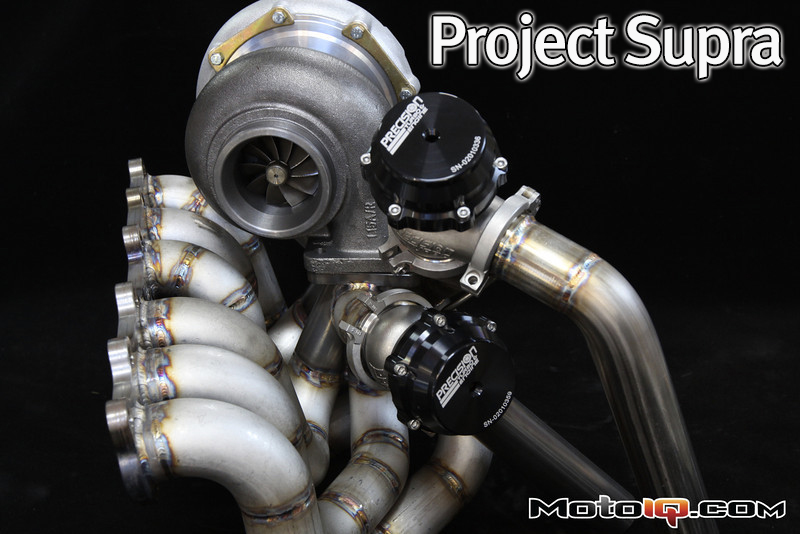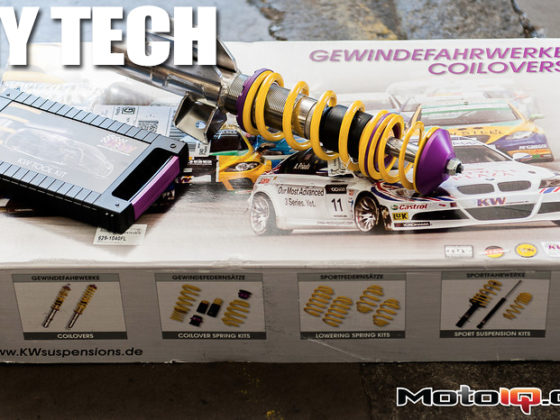,
 |  |
| If you remember in Part 1, we discussed one of the possible culprits as to why we melted piston #1 was possibly not getting enough methanol into that cylinder. Look at the factory plenum, which shows a drastic, sharper-than-90-degree turn into runner #1. While this is fine—but not ideal—for internal aerodynamics in a pressurized situation, actual fluid has a much harder time turning this sharply, leaving the other cylinders as the choice path of least resistance. | Now look at the Hypertune unit. The turn into cylinder #1 is much less acute, and getting air (or, much less, methanol) to follow this path should be much less of a problem.
|
 |
| Check out the difference between the Hypertune 90-mm (3.5-in) throttle body and the 65-mm (2.6-in) stock unit. That's a 38% increase in diameter (and a 93% increase in flow!). With 3-in intercooler piping, this will sure open up one of the bottlenecks I had previously. Hypertune also offers a 102-mm unit for the big boys. |
 |
| While Hypertune offers 6-, 12- and 18-injector configurations for its -10 billet fuel rail, we chose the base 6-injector setup. Also, they custom make your fuel rail to accommodate the injector fitment you desire. We'll be talking about our fuel injectors in a later issue. |
Hypertune is known in the USA, but they’re extremely well known in other parts of the world, like Australia. In fact, their manifold can be found in one of the baddest 2JZ engines in the world. Check it out Gas Motorsport’s 2JZ-GTE Celica running a 6-second quarter, equipped with Hypertune's 18-injector, 102-mm throttle body-configured intake manifold:
And if that’s not enough, here’s the same same engine cranking out 2000 bhp on an engine dyno!
 |
| Powerhouse Racing’s “S45” exhaust manifold uses schedule 10 stainless steel tubing so that it’s sure to last a long time. We chose ours with the optional dual 44-mm wastegate provisions for better boost control and better flow, and a twin scroll flange to match our turbo's divided exhaust housing, thus helping keep the exhaust velocity high through the decent-sized turbo for better spool-up. |



